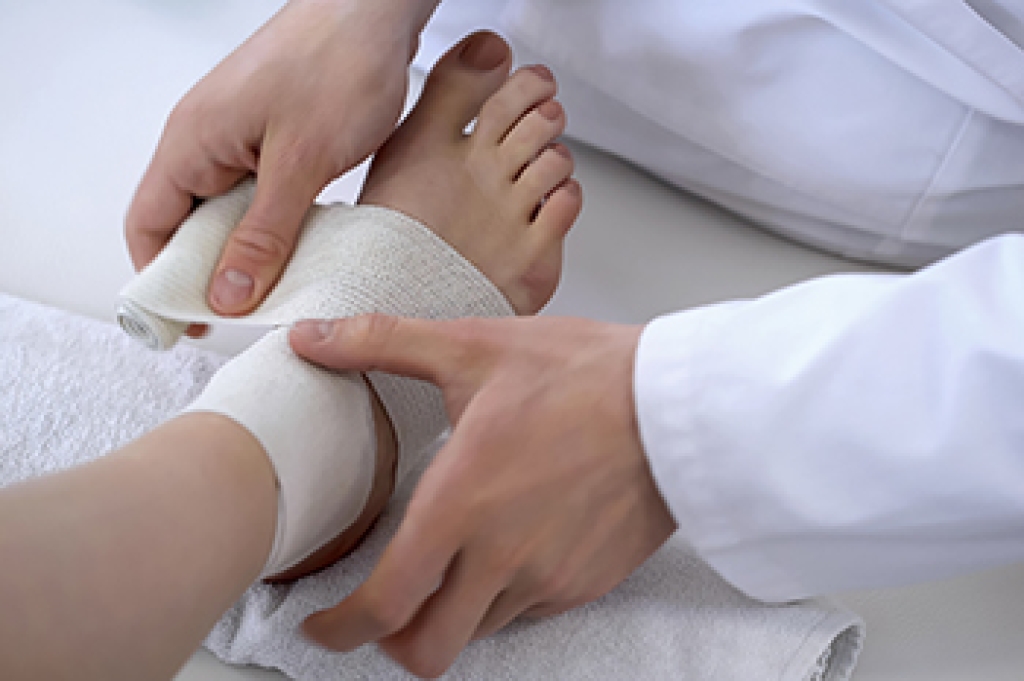
Foot stress fractures, which are hairline cracks in the bones of the foot, can often bring athletic activity to a halt. Stress fractures, primarily a result of repetitive strain, stem from several factors. The key trigger for foot stress fractures is the excessive force applied to foot bones during rigorous activities, such as running, jumping, and fast-paced sports. The foot's repetitive impact on hard surfaces initiates the problem, making runners, football players, and gymnasts highly susceptible. Despite the seemingly tiny nature of these fractures, they can lead to immense pain and discomfort. Inadequate muscle support also plays a role in foot stress fracture formation. When individuals rapidly escalate their activity levels, such as taking up a new sport or intensifying training, the muscles may lack the necessary strength and endurance to support it. This deficiency compromises the support of the foot bones, resulting in an overload of force onto them. This then can lead to small cracks forming within the bones. If you believe you have developed stress fractures in your feet, it is suggested that you consult a chiropodist for an exam and treatment options.
A stress fracture often requires medical attention as it can progress and worsen over time. Please consult with one of the chiropodists from The Footcare Centre. Our chiropodists will assess your condition and provide you with quality foot and ankle treatment.
A stress fracture refers to a fine crack in a bone. This type of fracture is especially common in the feet, as they often endure repetitive pressure from daily activities such as walking or running. Stress fractures occur when the affected bone can not support the load being placed on it. Stress fractures in the foot can occur in any bone, but often affect the metatarsal bones which connect the toes to the rest of the foot, the heel bone, or the navicular bone on the top of the foot.
Symptoms
Symptoms of a stress fracture may include:
- Deep, dull pain
- Sharp, localized pain
- Intermittent pain
- Tenderness
- Weakness
- Swelling
- Bruising
- Changes in the biomechanics of the foot
Diagnosis
Stress fractures in the foot are diagnosed via medical history and a physical exam. You may also need to have diagnostic imaging tests like X-rays, MRIs, CT scans, bone scans, or an ultrasound performed to confirm the diagnosis and to rule out any other problems.
Treatment
Nonsurgical treatment options include resting, icing, compressing and elevating the affected foot, taking nonsteroidal anti-inflammatory pain medications, modifying your footwear, wearing a cast, and using crutches. Certain types of foot fractures, such as navicular fractures, respond poorly to nonsurgical treatment and may need surgery to fully heal.
If you have any questions, please feel free to contact our office located in . We offer the newest diagnostic and treatment technologies for all your foot care needs.




